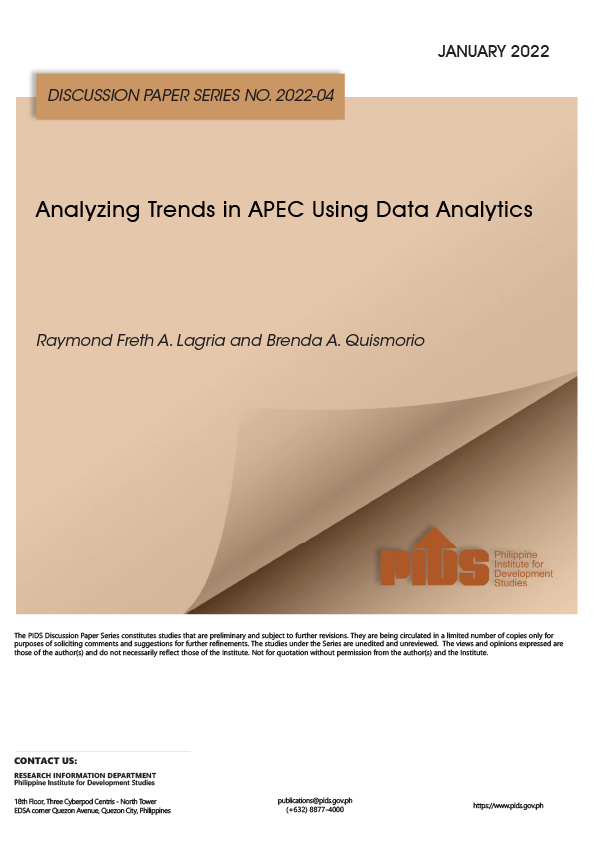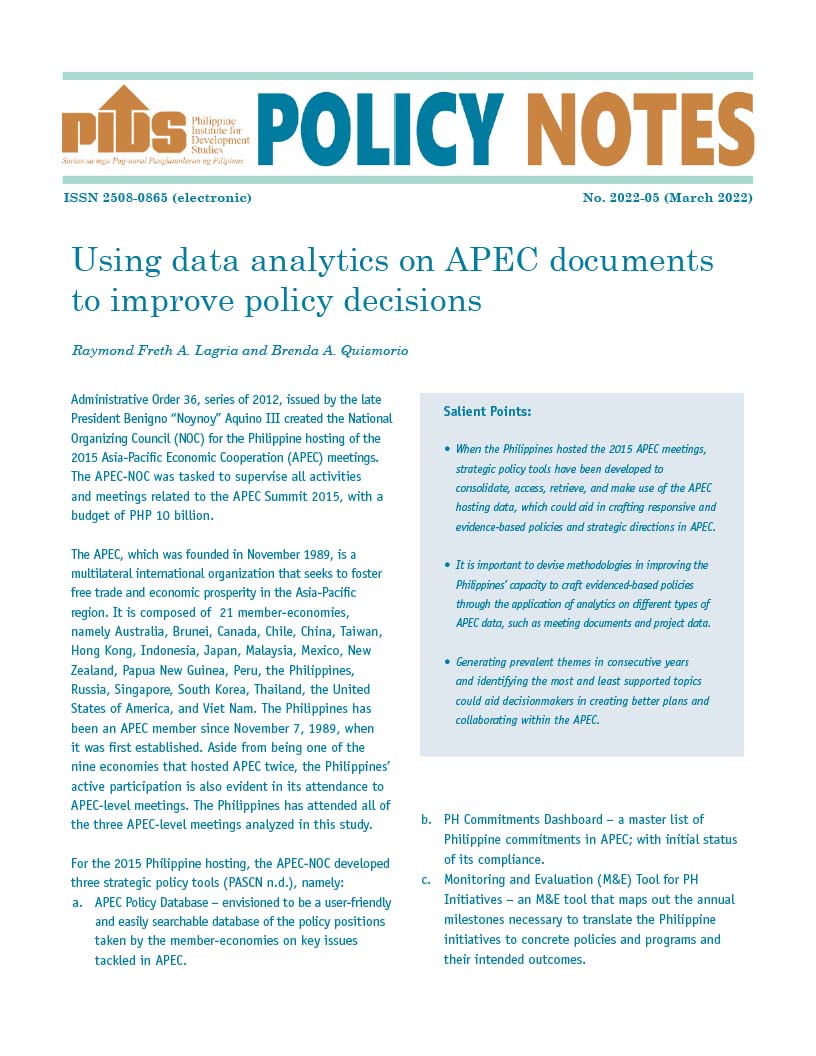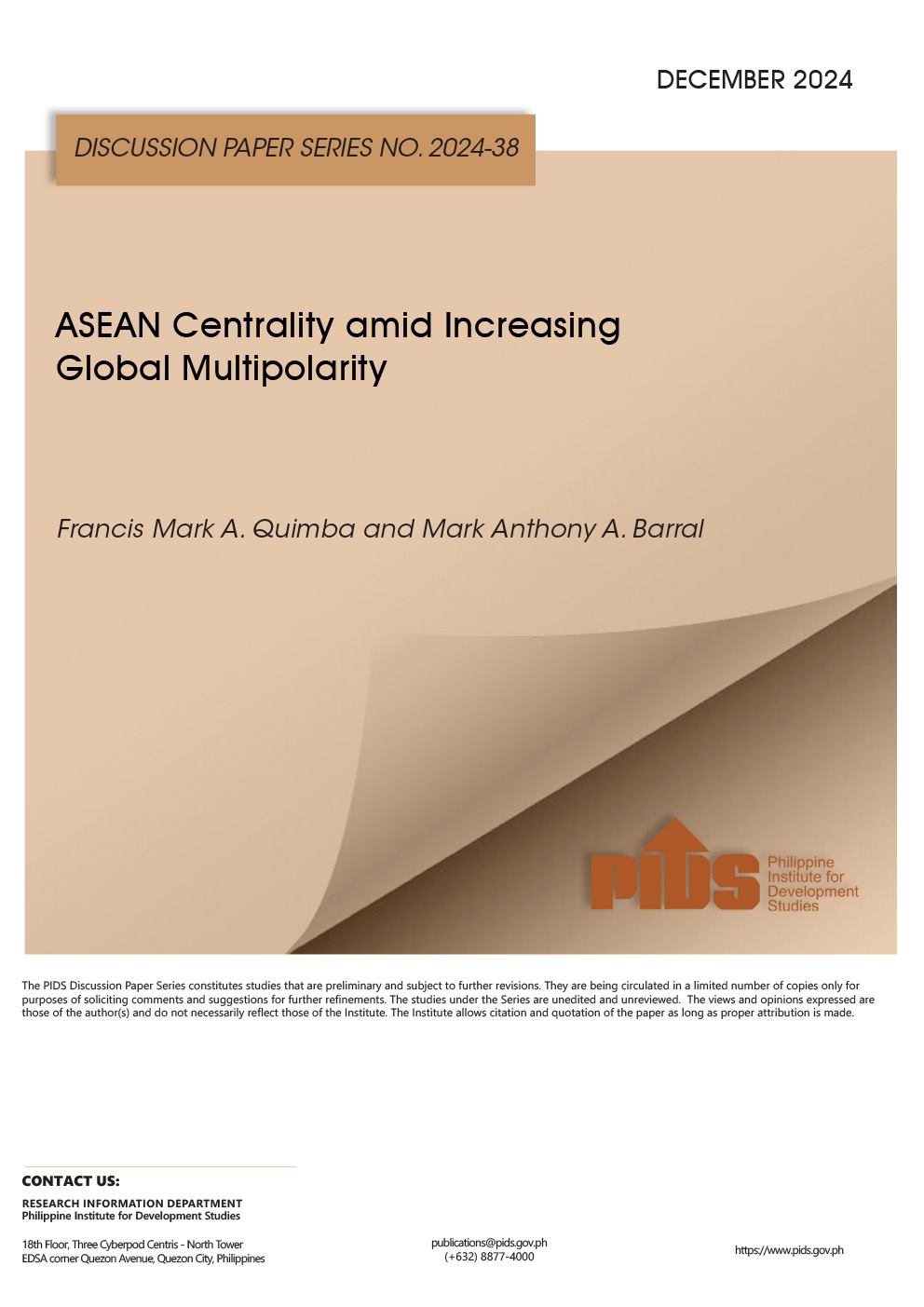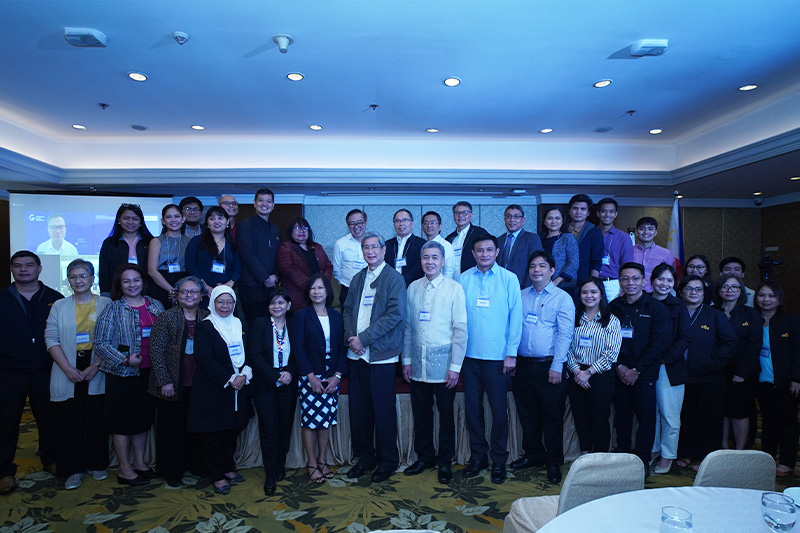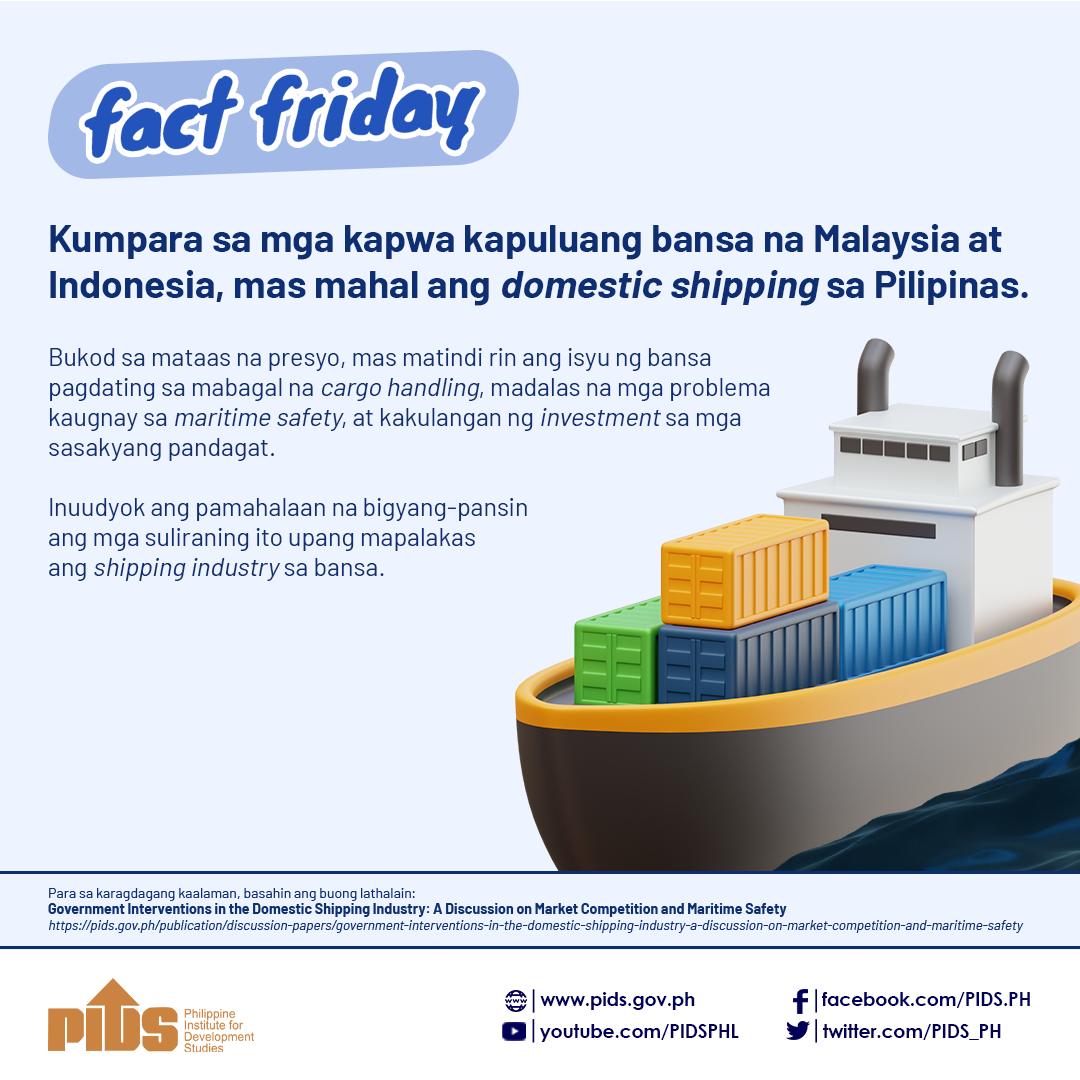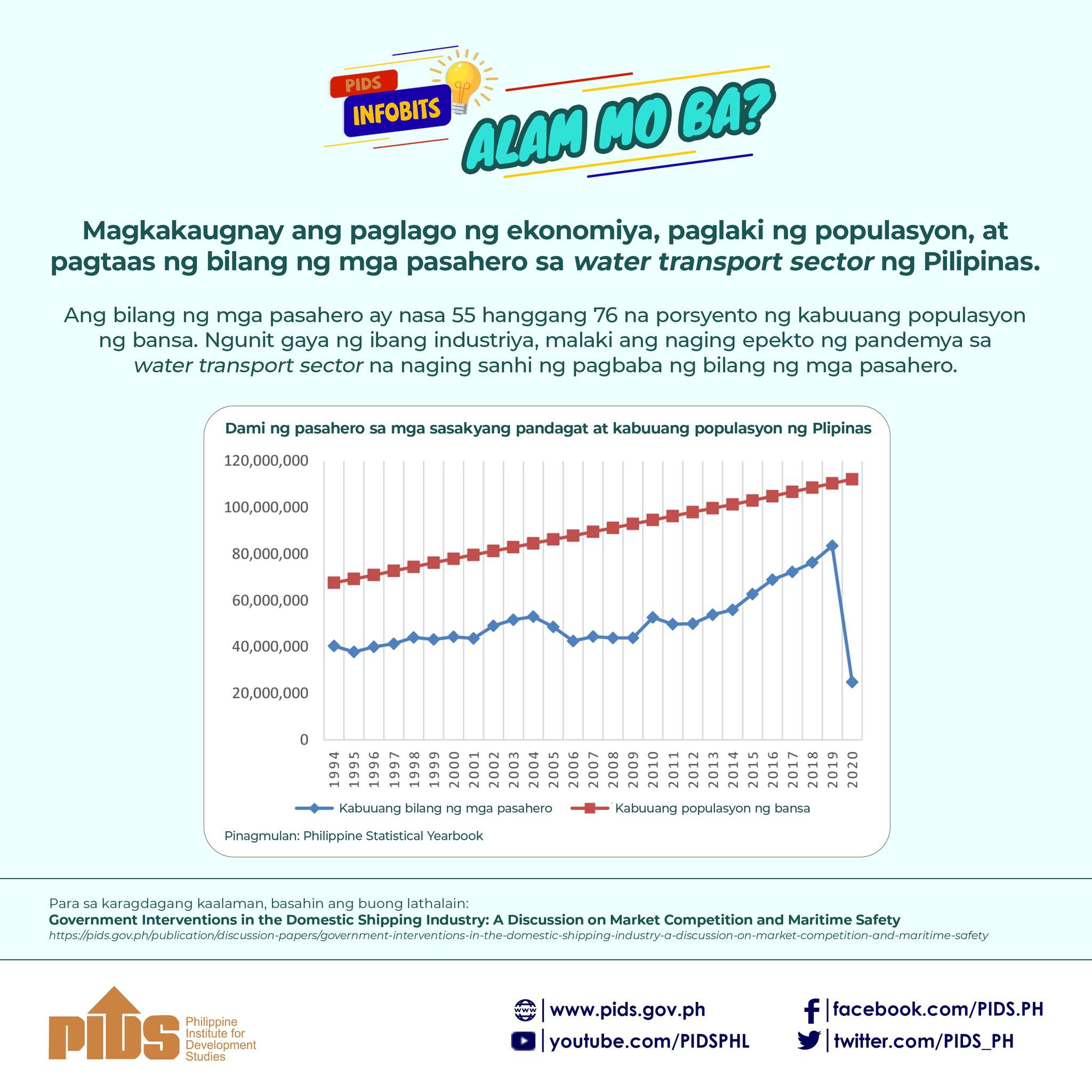The lifting of rice import restrictions will open up our domestic rice market to cheap imported rice from Vietnam and Thailand. According to the simulation conducted by Roehlano Briones and Lovely Ann Tolin of the Philippine Institute of Development Studies (PIDS), the retail price of rice will drop by as much as P6.97 per kilogram. This was in 2015 when rice was retailing at P32 per kilogram. With the retail price now at P42 per kilogram, the cost savings for consumers should be much more. The relief will be most welcome especially among the poor and can only lead to massive importations.
On the other hand, the farm gate price of palay will go down by as much as P4.56 per kilogram. With a national average yield of 4,000 kilograms per hectare, this translates to a decline of income of P18,240 per hectare to the average rice farmer. Thus, the rice farmers who cannot compete with the imported rice will have to get out of the rice business in order to survive.
These are huge game changers which we cannot just brush aside. It cannot be business as usual. We need a new rice industry road map!
The first order of business is a paradigm shift from rice self-sufficiency to raising farmers’ income as the primary objective. These objectives are related but not the same and require different approaches. Rice self-sufficiency while physically attainable, does not address the larger more pervasive problem of poverty in the countryside. Better that we divert the not-so productive rice areas into other higher value crops (crop diversification and multiple cropping). We will produce less rice but the additional gross value added from these other crops will more than make up for the rice shortfall.
Five complementary strategies in the new rice industry road map
Following are five complementary strategies upon which we can build the future of our rice sector:
•Further intensification of rice culture in the more productive, irrigated areas;
•Diversion of the less productive rainfed lowland and upland rice areas away from rice into other higher value crops;
•Reform of the National Food Authority (NFA) to limit its mandate to maintaining our strategic grain reserves, and to rice distribution during emergencies;
•Shift to decoupled payments as direct subsidies to farmers for a limited period to give them time to adjust to market liberalization (and avoid the problem-ridden other forms of subsidies), and
•Promotion of brown rice and corn grits to moderate demand for polished rice, and for improved nutrition and better public health.
Further intensification of rice culture in irrigated areas
Our cost of producing palay is P13 per kilogram. We have to bring it down to P8 – P9 per kilogram in order to compete with imports. This can be achieved by: 1) raising yields to six tons per hectare, and 2) reducing labor costs by mechanization. The average yield of six tons per hectare can be readily attained by using improved INBRED VARIETIES with irrigation and with proper fertilization. Even better with rice hybrids, whose yields can reach 10 tons per hectare.
We should therefore direct our efforts to further increasing the productivity of the 1.5 million hectares under irrigation (out of potential irrigable area of 3.0 million hectares). The cropping intensity of the national (NIS) and communal (CIS) irrigation systems is only 1.57. Small irrigation units (water pumps, shallow tube wells, small farm reservoirs) should be embedded in the NIS and CIS irrigation systems to attain the target cropping intensity of 2.00 (i.e. two crops per year on the same piece of land).
We should continue investing in the National Irrigation Administration (NIA) to develop the remaining 1.5 million hectares of irrigable farm lands for the long term. But, tactically, for the next four years, we should devote more resources to rehabilitation of run-down irrigation systems, maintenance and installation of small irrigation units.
The components of this strategy are: 1) widespread use of certified inbred seeds and hybrids, 2) fertilization at the recommended rate of about 150 kilograms nutrients per hectare, 3) supplemental irrigation, 4) integrated pest management (IPM) 5) adoption of direct seeding, and 6) more widespread mechanization with tractors, transplanters, and grain combines to reduce labor costs.
Diversion of rainfed lowland and upland rice areas into other higher value crops
Yields of rainfed lowland and upland rice fields are often low and erratic for lack of water. Better that these land be diverted into other higher value crops like vegetables, fruits, legumes and even ornamentals and herbal crops. By installing proper drainage systems and small irrigation units these hitherto not-so-productive but otherwise arable farm lands can be multi-cropped with and/or planted to permanent fruit trees, coffee, cacao, rubber, hybrid coconuts, etc.
Provided markets are assured for these other crops, these diversified farms may turn out to be more profitable than double-cropped irrigated rice farms.
The supporting activities required are: 1) development of high yielding, high quality varieties and hybrids, 2) on-farm location-specific field trials, 3) bagsakans and domestic and export market linkages, and 4) village-level processing hubs.
Reform of the NFA
NFA has three mandates: 1) moderating price of rice for consumers, 2) protecting income of rice farmers, and 3) maintaining the country’s strategic grain reserves. With open imports of cheap rice, NFA can now be relieved of the function of bringing down the price of rice. On the other hand, the task of raising productivity and increasing incomes of farmers is the collective responsibility of the many agencies of the Department of Agriculture (BPI BAI, BSWM, PCA, PhilRice, PhilMech, FIDA, Carabao Center, NDA).
The remaining justification for NFA is maintaining our strategic reserves of cereals in case of global collapse of grain supplies and wide fluctuation of prices. And secondarily, for emergency distribution of food after typhoons and other calamities. NFA should therefore be programmatically attached to the Department of Social Welfare and Development (DSWD).
Shift to decoupled payments in lieu of other subsidies
Depressed farm gate of palay has immediate impact on the incomes and welfare of rice farmers. But the first two strategies of: 1) rice culture intensification and 2) crop diversification will take years to successfully install and their benefits felt.
The rice farmers need help NOW to adjust to the new market regime. The conventional approaches of market support, government procurement, fertilizer and seed subsidies and, provision of farm equipment are costly, wasteful and prone to corruption (i.e. over pricing, ghost deliveries, ghost farmers).
We have been doing these for years with dismal results. The benefits had not been accruing to the farmers but to the other players in the supply chain.
Better that the actual rice tillers receive cash directly and for them to invest the money in their farms and in other sources of livelihood, or for consumption as they see fit. For transparency and more facile implementation, the payments need not be linked with levels of production and benchmark prices (decoupled) which are moving targets. Individual farmer payments can be based on hectarage as reflected in land titles and tax declarations. However, the farmers should be weaned away from the payments after a maximum of say ten years. The payments to the rice farmers will be sourced from rice tariffs which are projected to amount to P27 – P28 billion per year by 2022.
Promotion of brown rice, corn grits and root crops
The promotion of brown rice and corn grits will effectively reduce the demand for polished rice. The milling recovery of brown rice is 10% higher than white polished rice. Should all Filipinos eat brown rice, the net supply of rice will increase by 10%, erasing our perennial rice deficit. Many Filipinos in the Visayas and Mindanao prefer corn grits over rice. However, supply of white corn had gone down as many white corn farmers switched to genetically modified yellow corn hybrids which are much more productive and more profitable to grow. Our corn breeders should develop high yielding white endosperm corn hybrids to match the productivity and profitability of yellow corn hybrids to encourage farmers to return to white corn production.
Brown rice and corn grits have more protein, vitamins, minerals and dietary fiber than white polished rice. Corn grits have a lower glycemic index, good for managing diabetes which is emerging as a serious public health concern. The NFA may be enlisted to promote brown rice and corn grits in their operation, not only to help manage the demand for rice but as importantly for improved nutrition and better public health.
Sweet potato and cassava are also suitable substitutes for rice. Cassava is the preferred staple of some communities in Muslim Mindanao. There should be a dedicated cassava program for these communities.
*****
Dr. Emil Q. Javier is a Member of the National Academy of Science and Technology (NAST) and also Chair of the Coalition for Agriculture Modernization in the Philippines (CAMP).
For any feedback, email eqjavier@yahoo.com.

